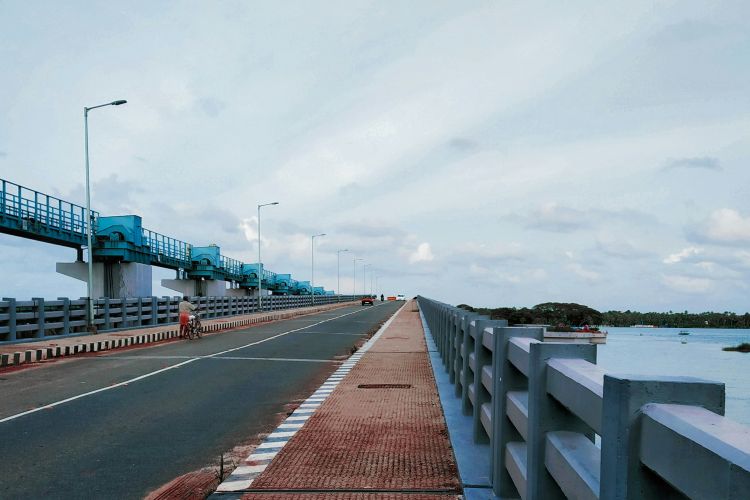The Union government is preparing to ease cash management guidelines that traditionally cap spending during the January-March quarter amid concerns about potential shortfall in capital expenditure in the second half of the year. This move seeks departments and ministries to fully utilise the allocated capex for the full financial year. Currently, government departments are restricted from spending more than 33% of their annual budget in the last quarter and more than 15% in the last month of the financial year.
However, the government’s push to accelerate capex could relax these caps, preventing the usual last-quarter spending rush. While no final decision has been made, a thorough review of this year’s expenditure requirements will likely precede any policy change.
In recent years, India’s capital expenditure has experienced significant fluctuations. Notably, in FY24, the government utilised 99.9% of its capex target, amounting to Rs 9.48 lakh crore, reflecting a robust commitment to infrastructure development. However, the first half of FY25 has seen a deceleration, with capex reaching only 37.3% of the annual target by August, compared with 49% during the same period last year. This slowdown is attributed to factors such as the recent general elections and procedural delays in project tendering. Despite these challenges, the government has increased the capital expenditure outlay for FY25 by 11.1% to Rs 11.11 lakh crore, seeking to stimulate economic growth and job creation.
READ | Can COP29 overcome the Trump factor and rising scepticism
Proposed easing of capex guidelines
To maintain consistent spending, departments have already been allowed to roll over unused allocations from one quarter to the next. Despite these adjustments, critical ministries have only reached half of their capex targets. For instance, the Ministry of Road Transport and Highways has spent 52% of its total capex for FY25 by September, and the Ministry of Railways has completed 54% of its targets.
At a time when infrastructure quality is under scrutiny, the slow progress in meeting capex targets is worrying. The Asian Development Bank (ADB), in its September outlook, flagged this lag in government spending on infrastructure as a potential downside risk for FY25.
Despite the hurdles, officials are optimistic about achieving the capex target after comprehensive reviews with various departments. Ministries like Roads and Railways, which carry the bulk of capital spending, are largely on track. However, state governments lag in execution—a gap evident from their relatively low borrowings, which may indicate slower expenditure. While states can borrow up to Rs 8.38 lakh crore by December, only about Rs 5 lakh crore has been requested so far.
Tax devolution and state borrowings
The Union government’s increased tax devolutions to states appear to have reduced state-level borrowings. As of now, 65% of the Rs 12.47 lakh crore allocated for state devolution has been disbursed. Lower state borrowings signal prudent fiscal management, yet may point to slower capex by state governments, which could undermine overall economic growth if not offset by private investment.
The government faces additional fiscal strain due to the need to repay pandemic-era debt, as loans taken to support the economy during COVID-19 mature. To manage its debt obligations, the finance ministry has implemented buybacks and switch auctions to smooth fiscal management for FY26. Buybacks totalling Rs 80,000 crore in dated securities and switch auctions worth Rs 1.3 trillion have been conducted to exchange shorter-term bonds for longer-term ones or replace high-interest securities with lower-interest options.
The capex slowdown has surfaced as the economy shows early signs of softening urban demand, as seen in various high-frequency indicators and consumer goods companies’ earnings forecasts. India’s corporate sector has raised concerns about a deceleration in the country’s growth momentum.
The lag in capex growth partly explains why core sectors reliant on construction activity, such as steel, have seen poor output trends. Although a modest recovery in private investment is underway, public infrastructure spending—historically a key driver of growth—needs to lead the way again. Accelerating capex will be crucial to sustaining growth and countering concerns about a potential cyclical slowdown in the Indian economy.

